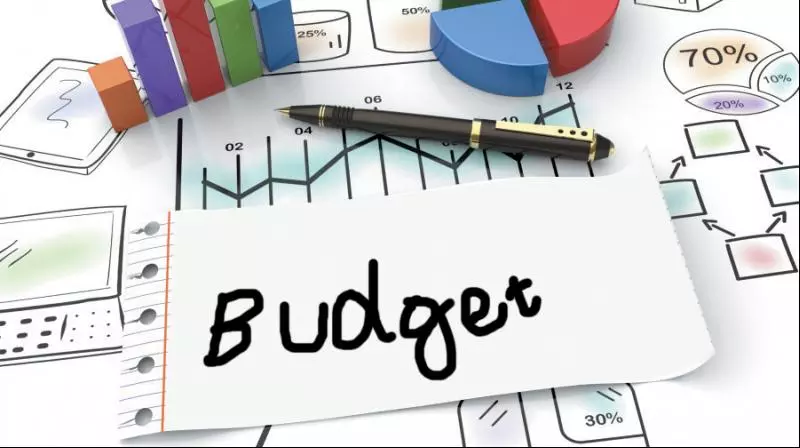Cross-Sectional Analysis of States’ Budget in India – FY 2024-25
A government’s ability to effectively serve its policy objectives is determined by its resources

The budget is one of the principal administration tools and the most potent legislative control and executive management instrument. The main objective of preparing a budget is enforcing the economy. It is only when expenditure is considered revenue that the priorities of the economy are manifested. The multi-level government entailed by federal political systems requires resources and responsibilities to be divided between the centre and its sub-national governments.
A government’s ability to effectively serve its policy objectives is determined by its resources. The dynamic job, public service delivery, requires an adequate, dependable, and stable stream of revenues. Therefore, the federal system, the Union budget and the budgets of States in India are very much linked.
In a federal setup like India, the fiscal arrangement is such that the Union collects more revenues to service its expenditures. At the same time, the sub-national governments fall short of revenues to meet their spending. Thus arises the imbalance between the two different tiers of the federal government – the Union and the states. Besides, the fiscal imbalances are further compounded due to the heterogeneity among the states. The diversity among states gives rise to divergences in their fiscal capacities. Hence, the Union government’s transfer of resources to the states is essential for preserving and perpetuating the federation. Therefore, preparing the state budget requires Fiscal marksmanship to ensure budgetary forecasting and effective public finance management.
Against this backdrop, the budget for 2024-25(BE) of 17 general category states of India is evaluated through the “Index of Budgetary Evaluation (IBE)”. The budgeted data on fiscal deficit, state own tax revenue (SOTR), state own tax revenue (SOTR), and spending on the general services sector, social services sector and economic services sector are taken for FY 2024-25. Debt intensity and servicing are included in IBE to capture the states’ debt. Capital outlay and budget size are also considered in the evaluation. These fiscal parameters are further sub-grouped into seven types of budget index. These seven indices are to deficit index, revenue efficiency index, expenditure quality index, debt burden index, capital outlay index and budget size index.
The “relative distance model” is used to calculate and construct these seven indices. The pre-condition is to normalise the selected budgeted indicators using a maximum-minimum approach and scale them between 0 and 1. Next, these normalised indicators are averaged to form seven sub-indices. Finally, taking the simple average of these seven sub-indices, the Index of Budgetary Evaluation (IBE) is constructed. This composite indicator approach ranks the state budget from “zero to a hundred”. These indices are built on two categories: the Improvement Index and the Deprivation Index. The improvement index includes expenditure quality index, revenue efficiency index, capital outlay index, and budget size index. These are assigned as improvement index as a higher index value manifests a positive side of the budget. Here, expenditure quality is budgeted spending in social and economic services sectors, revenue efficiency includes tax and non-tax to be generated from the economic activities of the states. The capital outlay index is budgeted capital spending in creating assets in the state economy. In contrast, budget size reflects the forecasted total resources that will finance the expenditure of the states. The deprivation index includes the deficit index and the debt burden index. These are taken as the negative side of the budget. The deficit index captures the borrowings of the states relative to their gross state domestic product (GSDP). The debt burden index includes the volume of debt relative to the state's GSDP, and the debt servicing ratio measures the state’s fiscal capacity to pay interest expenses. The low index value mirrored the positive side of the budget. The budget documents of FY 2024-25 (BE) of respective state governments and the Reserve Bank of India (RBI) provide the data.
The Index of Budgetary Evaluation (IBE) reveals the Odisha budget 2024-25 has the highest index score of 80.88. This can be construed as the best budget among all 17 general category states of India. Spending quality, capital outlay, and the least debt burden index mainly drive Odisha's highest IBE. Jharkhand has a second position in IBE with a score of 75.71, primarily contributed by low fiscal deficit and higher Budget size. Uttar Pradesh has the third position in IBE with a score of 66.88, mainly due to its higher capital outlay and budget size. Kerala, Punjab, Tamil Nadu and West Bengal have the lowest IBE among the 17 normal category states. The Odisha Budget 2024-25 is the new government's first budget. If the fiscal marksmanship continues in subsequent years in this trajectory, it will unlock opportunities for higher growth and more employment.
(The author is a professor in finance at XIMB, XIM University, Bhubaneswar)

